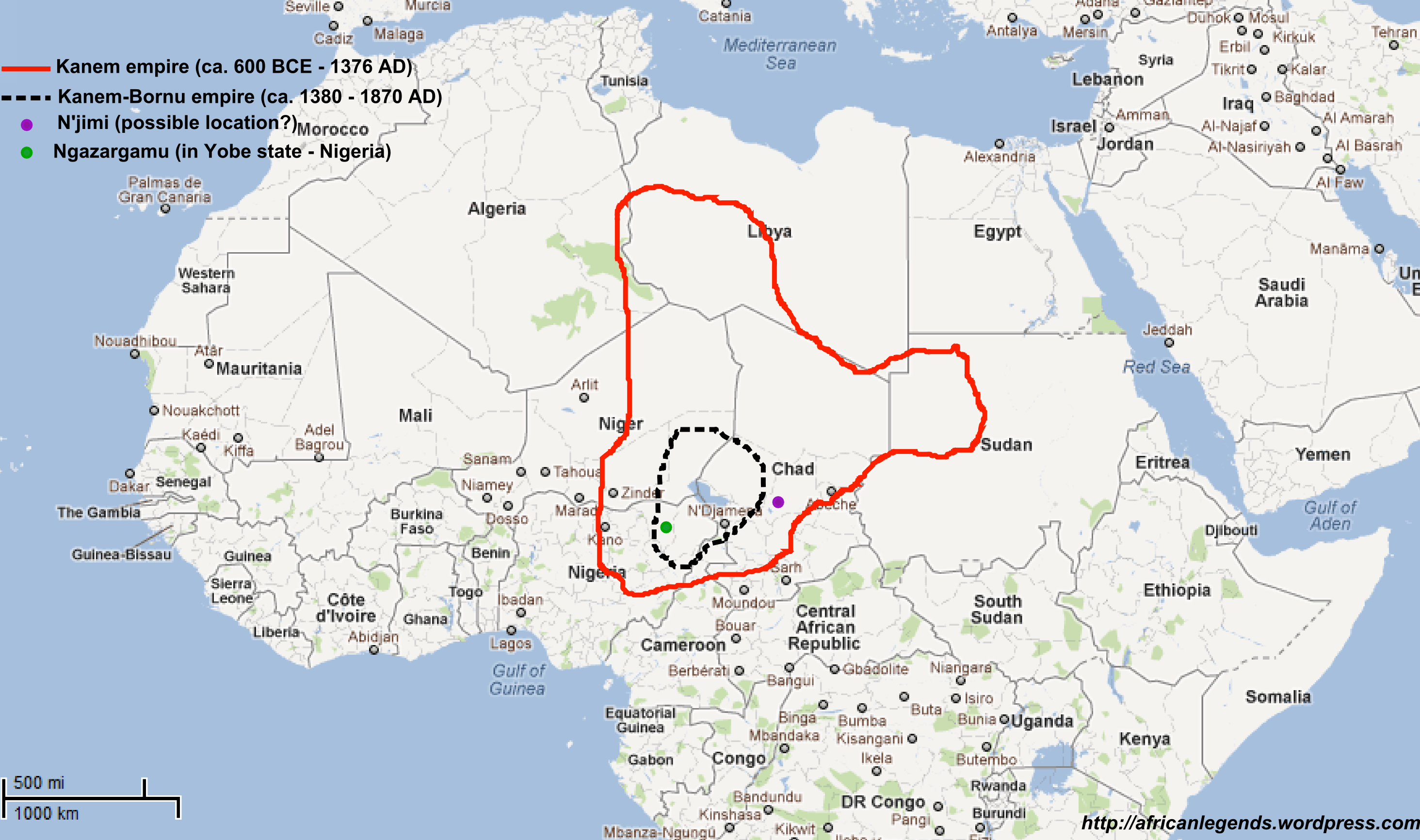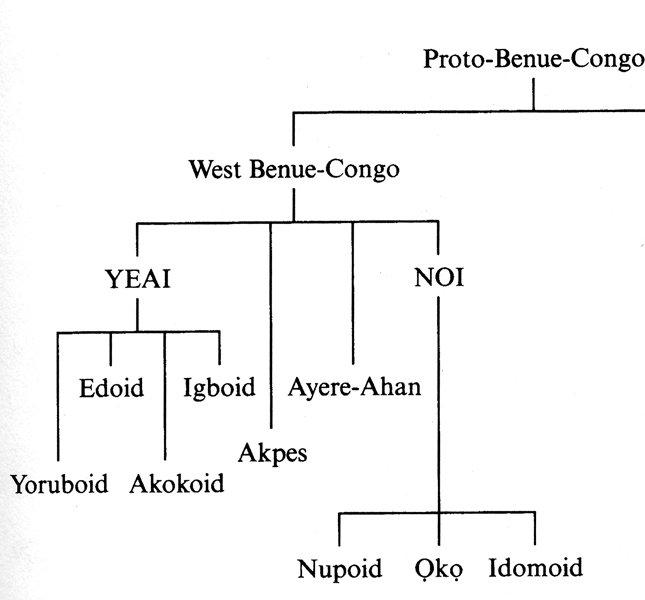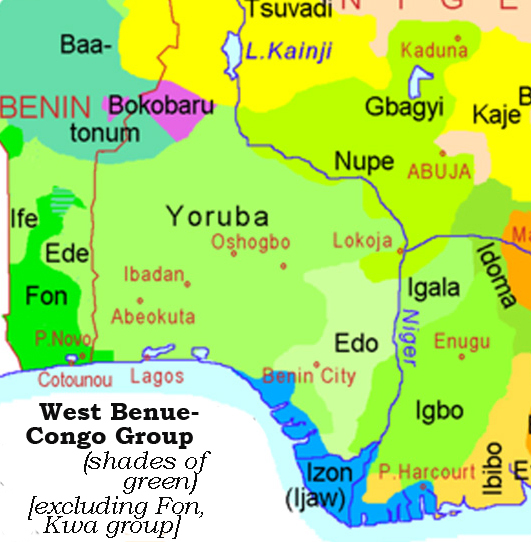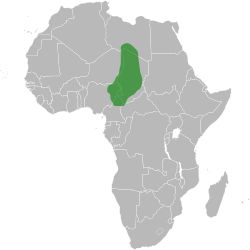The Odum of Ala Igbo
Hail Biafra!
A BRIEF HISTORY OF THE ORIGINS OF THE HAUSA STATES
- Each city had a surrounding wall, residences for the ruling family, quarters for traders and enough agricultural land to feed the population during a siege. Outside the walls were slave villages, free Hausa villages and dispersed family compounds. The city states were never united and thus, could not challenge Bornu. But, they maintained their sovereignty. All Bornu could do was exact tribute. The Hausa were also competing with the Junkun (Kwararafa) to the south and the Nupe too.
- The city states attracted non-Hausa to their walls. Fulbe, Tuareg, Kanuri, Dyula, Songhai, Arabs and North African Berbers. Most were assimilated - a Hausa cultural trait. This trait helped the Hausa expand and absorb Niger-Congo peoples. Islam also strengthened bonds, despite arriving late. But the Hausa were not fully converted to Islam at that time. A Hausa diaspora began in the 16th century CE across West africa. Hausa metal, textile and leather workers are found across the Sudan.








